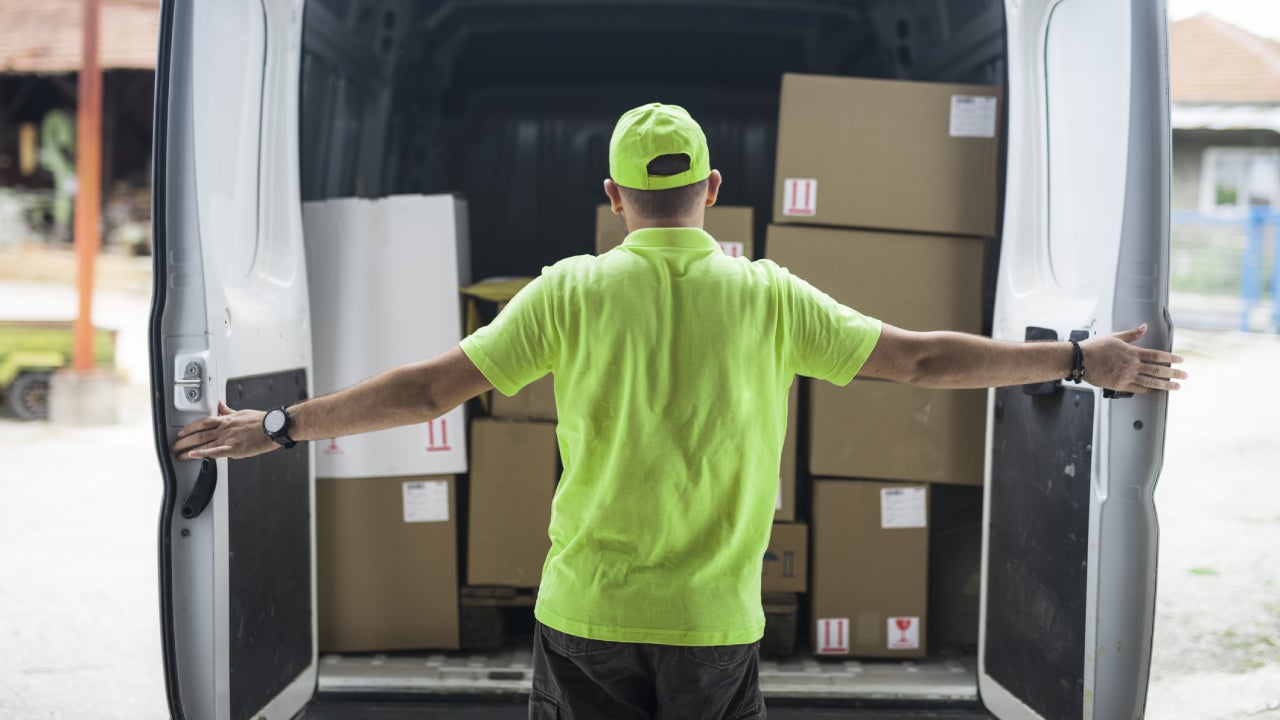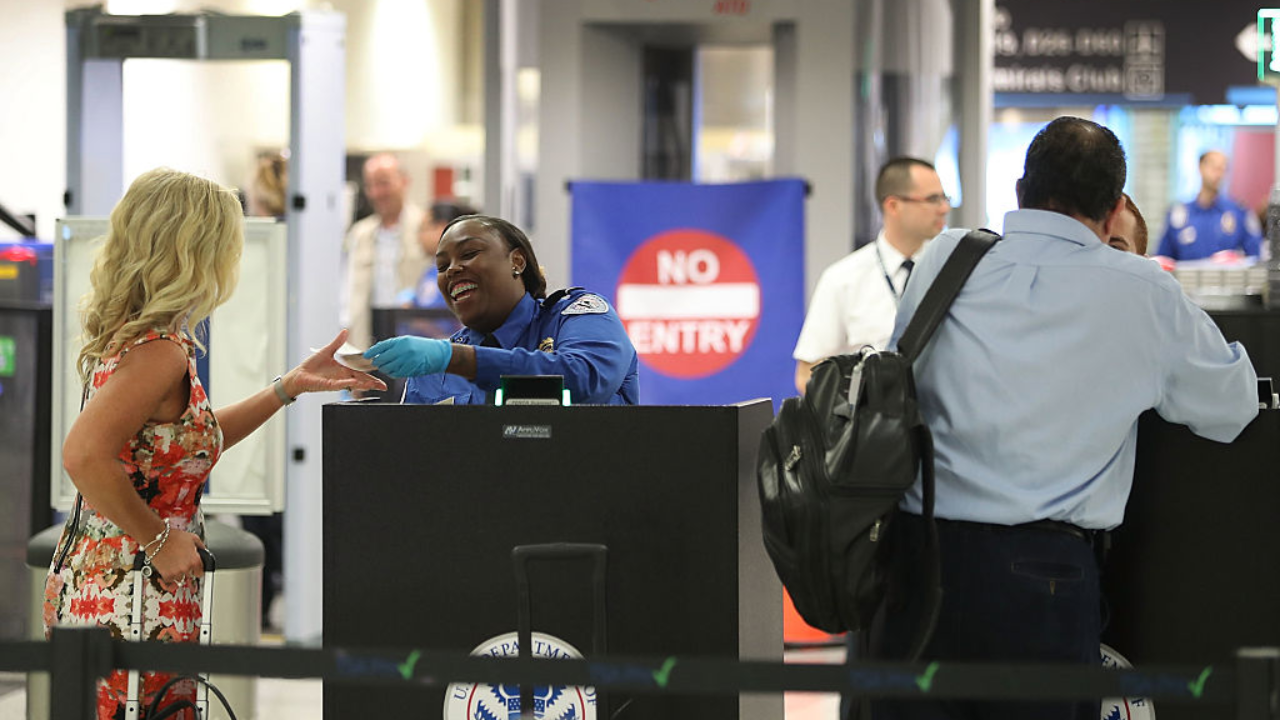Rideshare safety and statistics for 2025

More Americans are using rideshare apps like Uber and Lyft than ever before. With a few clicks, you can easily request a ride to get almost anywhere you need to go, but how safe is the service? Read up on rideshare statistics, find out what to do if issues arise and learn about the insurance implications of driving for Uber or Lyft.
Ridesharing facts and statistics
- The U.S. rideshare market is estimated to grow by more than 40% between 2023 and 2028, with a 2028 market value expectation of $216 billion. (Statista)
- Digital ride-hailing apps had around 1.7 billion active users worldwide in 2023. (Statista)
- Over 75% of U.S. survey respondents used Uber to hail a ride in the past year, and 60% used Lyft in the previous year. (Statista)
- Ridesharing has contributed to 1% more congestion on U.S. roads and increased the congestion time by 4.5%. (MIT)
- Between 2021 and 2022 Uber completed 1.8 billion trips or just about 30 rides every second. (Uber U.S. Safety Report)
- Although 99.9% of Uber trips end without any safety-related issues, there were still 2,717 incidents of sexual assault and misconduct reported in the company’s most recent report (2021–2022). (Uber U.S. Safety Report)
- Between 2020 and 2022, Lyft received 23 reports of fatal physical assaults and 2,651 reports of sexual assault. (Lyft Community Safety Report)
- While the numbers may seem high, the safety incidents in Lyft’s report only occur in 0.0002% of rides. (Lyft Community Safety Report)
- Average Uber prices rose by 7.2% in 2024 to a median of $15.99, leading 72% of users to say they would stop using rideshare services if prices continue to increase. (Los Angeles Times)
Ridesharing safety tips
According to recent rideshare accident statistics, the vast majority of rideshare trips — 99.9 percent of Uber, and more than 99 percent of Lyft trips — are completed without a critical safety issue. The tips below are meant to help both riders and drivers have the safest rideshare experience possible:
Riders
- Wait for your ride inside. Stay indoors while requesting your ride — especially at night.
- Verify your ride. Confirm your ride by using the PIN verification service, which requires drivers to enter your preset PIN number before beginning the trip, and confirm the car’s license plate number before entering the vehicle.
- Wear a seatbelt. Sit in the backseat of the car, and make sure your seatbelt is securely fastened.
- Share your plans. Let family or friends know you’re planning to take an Uber or Lyft and share your trip details and ETA with them through the app.
- Inform your driver. Tell your driver that you’re sharing the trip details with someone; criminals are less likely to act if they know there’s a high likelihood of getting caught.
- Keep your personal information to yourself. It’s fine to talk with the driver, but don’t reveal personal information during the course of your conversation.
- Plan for the worst. Come up with a plan — and a signal — for yourself and your family members to quickly communicate and remove yourselves from any potentially unsafe situation.
- Trust your instincts. If you feel unsafe for any reason, ask the driver to pull over and end the ride. You can also press the emergency button inside the app to get help.
Drivers
- Plan ahead. Prepare for different potential passenger scenarios by writing down a plan for how you will handle each one.
- Screen passengers. Uber and Lyft allow you to see passenger ratings before deciding whether or not to accept a fare. Don’t be afraid to pass if the requesting rider’s rating is low. Many rideshare drivers consider ratings under 4.6 to be low.
- Provide ratings. If you encounter a passenger who acts poorly or makes you uncomfortable, you may want to give them a low rating to send a signal to other drivers. You can also reach out to your rideshare company and let them know.
- Listen to your gut. If a passenger is making you feel unsafe, pull over in a safe, populated location and end the ride.
- Evaluate behavior. Pay attention to how your passengers act. This can help you get out of a dangerous situation.
- Make sure you’re insured. Most insurance companies offer special coverage called rideshare insurance for an additional premium for drivers associated with ride-hailing services. Drivers on the road can be unpredictable, so you may want to make sure that you’re properly prepared.
Rideshare insurance
If you drive for Uber or Lyft, your personal auto insurance is unlikely to cover you while you’re working. Many drivers assume they’re fully insured, but most personal policies exclude coverage for commercial use — which can lead to serious consequences.
Reddit user review
To bridge this gap, rideshare companies provide commercial insurance, but it only applies during specific periods:
- Offline and waiting for a request (period 1): No commercial coverage — your personal policy may not cover this either. Speak to an agent at your insurance company for details and guidance.
- On the way to a rider (period 2) and ride in progress (period 3): Uber/Lyft’s commercial insurance applies.
That uninsured gap while waiting for a ride request is where rideshare insurance comes in. This policy fills coverage gaps so you’re financially protected at all times while using your vehicle for ridesharing.
How to get rideshare insurance
Many insurers offer rideshare endorsements, which can be added to an existing policy for an extra cost. Some may require a separate rideshare policy, while others don’t offer coverage at all.
You can ask your current insurance company for a quote, but it may also be worth gathering quotes from multiple companies to compare rates and coverage details. And remember, failing to inform your insurer could result in canceled coverage — or worse, denied claims.
Bottom line
Ridesharing has made getting from point A to B easier than ever, but safety should always come first — whether you’re behind the wheel or in the backseat.
For riders, simple habits like checking the vehicle’s license plate, using PIN verification and sharing trip details can add an extra layer of security. For drivers, staying alert, trusting instincts and making sure you have the right insurance can help avoid costly risks.
A little awareness goes a long way in keeping rides hassle-free. The key? Stay sharp, stay covered and always put safety first.
You may also like






